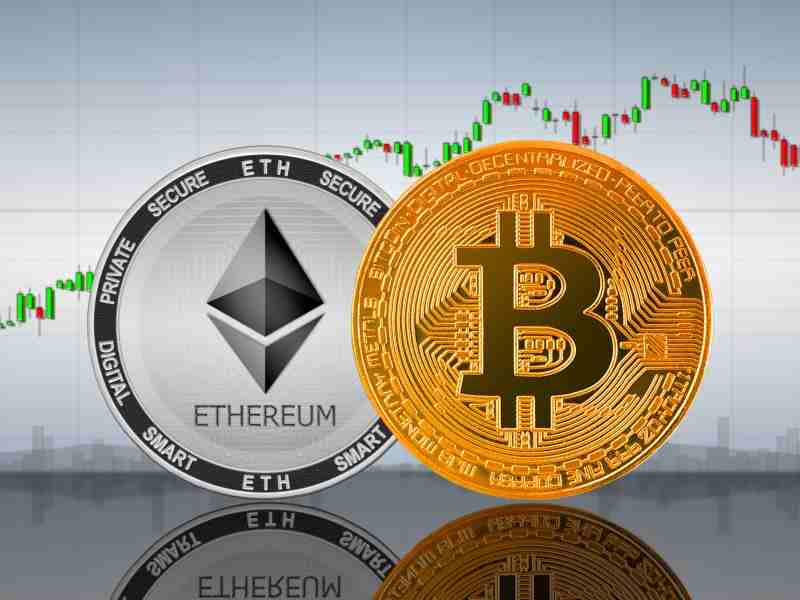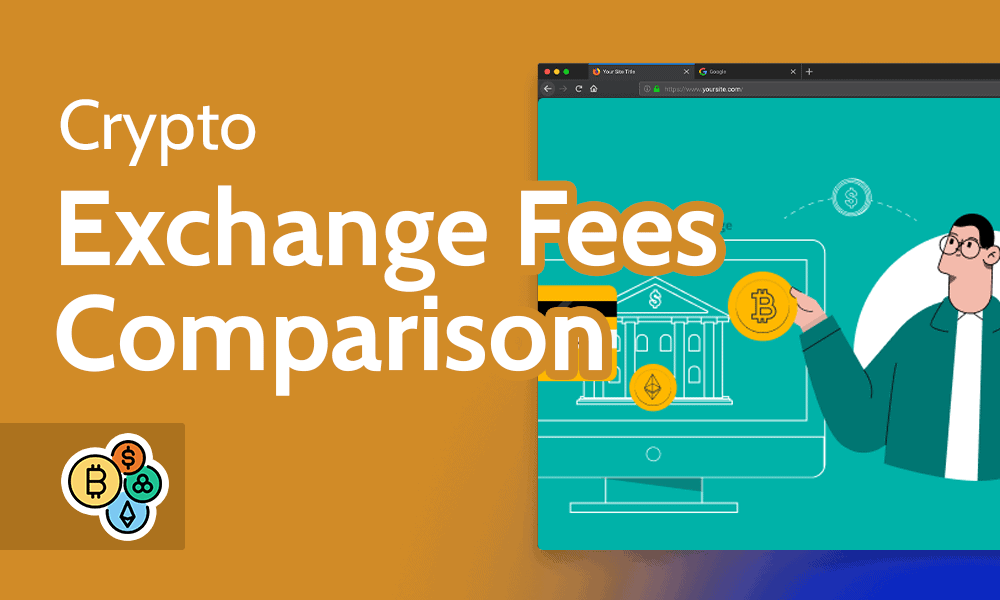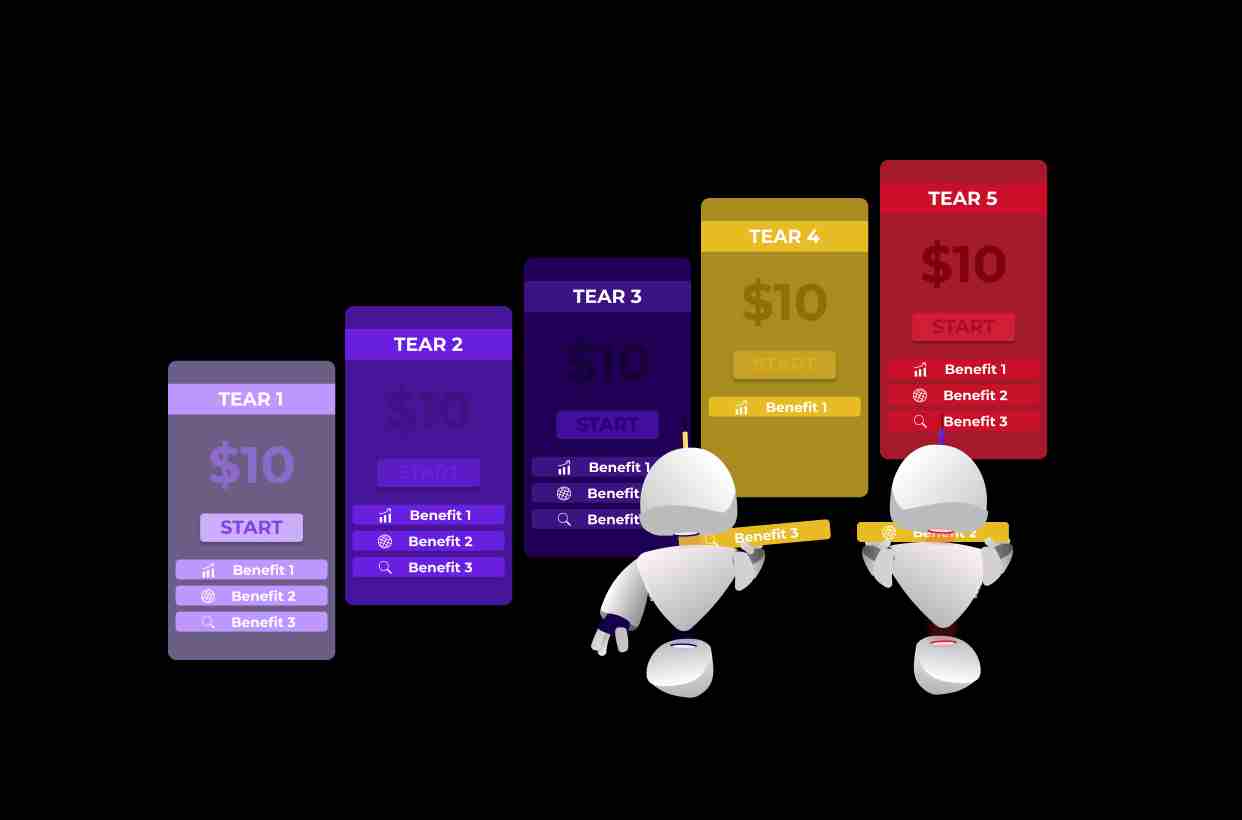Dive into the nitty-gritty of how to compare crypto exchange fees and keep more coins in your wallet. Cryptocurrency trading can be thrilling, but hidden costs can quickly cut into your profits. I’ll show you the tricks to find where fees hide and how to swap smart – because savvy traders know: lower fees mean higher gains. With a sharp eye and the right know-how, you can start slashing those pesky charges today. Let’s break it down and see which platforms offer you the best deal for your digital dollar!
Unveiling the Playground of Cryptocurrency Exchange Fees
Breaking Down the Maker-Taker Fee Model
Crypto trading costs can vary widely. The maker-taker model controls most fees. In it, makers add orders to the exchange. They usually pay less because they make the market liquid. Takers remove liquidity by filling orders. They often pay more.
This model rewards those who add to the book, as they help the market. Knowing this can save you cash. You can be a maker by placing an order at a specific price. This isn’t filled right away. It sits on the book, waiting for a match. To be a taker, you fill an order at the market price. This happens at once.
Identifying Hidden Charges Across Platforms
Hidden charges can creep into your trades. You might see withdrawal fees on blockchain exchanges. For example, moving Bitcoin off an exchange may cost more than you think. Then there’s the deposit cost on a crypto exchange. Why should you pay just to put money in? But you do. Often.
Crypto-to-crypto transfer rates can also add up. Swapping Bitcoin for Ethereum isn’t always free. And some platforms charge a flat fee. Others take a cut of the trade. Knowing the fee structure of Bitcoin exchanges can mean more cash stays in your pocket.
And don’t forget about the less obvious costs. Like keeping your holdings on an exchange. Some may charge for that. Or using their API for automatic trading. Such features may also come with fees.
Spot trading fees and margin trading crypto costs often differ, too. Spot trades involve direct buying or selling. It’s straightforward. Margin trading lets you borrow money. It can be riskier and costlier.
Always look at the trading pair differences in fees. A fiat-to-crypto exchange could be pricey. This is when you buy crypto with currency like dollars or euros. Crypto-to-crypto, from one coin to another, varies too. Each pair can have its own rate.
Lastly, discounts are key. Some no-fee cryptocurrency exchange offers may save you money. But always read the fine print. Conditions apply. Maybe you need a certain balance or to hold their platform token. It’s not always as free as it sounds.
So, stay alert. Watch for costs. Check the comparison of top crypto exchanges. Use an exchange fee comparison chart. It’s a visual guide to what you pay. It can be a handy tool in your trading toolbox.
To wrap up, dig deep into exchange fee structures. Cost-effectiveness varies by platform. By understanding these details, you become a savvier trader. Your goal is to keep more of your money for what matters—your investments.
Scoring the Best Deals: Platforms with the Lowest Transaction Costs
A Comparative Look at Bitcoin and Ethereum Trading Fees
Ever wonder why trading Bitcoin might cost you more than Ethereum? Let me tell you. It’s all about the exchange rate fees. Some platforms have set fees for trades. Others change the fees based on how much you trade.
The key is to find the platform with the lowest fee for your trade amount. Bitcoin trades can have higher fees. This is because it’s the most traded crypto. Ethereum fees can also be high. Yet, they often cost less than Bitcoin. Exchange fees can vary a lot! So it’s smart to compare them often.
Top crypto exchanges list their fees online. This makes comparing them easier for us. Look for exchanges that match your trade volume. This will help you find the best rate.
Spotting ‘No-Fee’ Deals and Assessing Their True Cost
“No-fee” deals sound great, right? Let’s dive deep to find the real deal. Some exchanges say they have no fees. But they still need to make money. How do they do it? Often it’s hidden in the rate they give you. This might cost you more than a small fee!
To spot these deals, check the exchange’s rate against the market rate. The difference you see? That’s the hidden cost. It can be tricky to find, but it’s there. Make sure you check this before you get excited about “no fees”.
Also, watch out for withdrawal fees on blockchain exchanges. They might get you there. Even if you don’t pay to trade, moving your crypto off the platform can cost quite a bit. Learning about these costs up front can save you money.
Remember, fees can sneak up on you. Always read the small print. That’s where they hide deposit costs and other charges. Understanding these fees can help you choose right. And save cash in your crypto journey.
Choosing where to trade can be quite a puzzle. But, by looking closely at the fees, you can make a sharp choice. Find the lowest fees. Avoid hidden charges. This way, you keep more coins in your pocket. It’s not just about trading. It’s about trading smart.
Tiered Pricing Strategies: Pay Less as You Trade More
Understanding How Trading Volume Influences Fees
When you trade more, you pay less. It’s that simple with tiered pricing strategies. The more you buy or sell crypto, the lower fees you face. This is key when you compare crypto trading costs. Some exchanges reduce fees for big traders. So, high volume can mean more savings for you. But, remember, this varies by platform.
Many crypto exchanges use a tiered fee model. This means fees change based on how much you trade. Trading a lot in a month? You’ll move to a lower fee tier. Trading less? You might be in a higher fee tier. It’s smart to know about this if you trade often.
Trading volume directly impacts your fees due to these models. Higher volumes often result in lower costs per trade. It’s like buying in bulk at a store—the more you buy, the less expensive each item becomes. Trading often can push you into a lower fee bracket. This encourages more trading and could lead to better profits. Always check your exchange’s rulebook. Know your volume, know your rates, and plan your trades wisely.
Tiered Fee Structures vs. Flat Rates: Which Suits You Best?
Now let’s consider tiered fee structures versus flat rates. A tiered model encourages trading in large volumes. Yet not everyone trades this way. Some exchanges offer flat rates instead. That means you pay the same fee, no matter how much you trade.
Flat rates are simple. You always know what you’ll pay. But for heavy traders, a tiered system could save money. It rewards you for more activity.
On the flip side, if you’re a light trader, flat rates are often better. You won’t trade enough to benefit from a tiered system. But watch out for hidden charges in crypto trading. Even “no-fee” platforms may make money through wider spreads. This can add up.
Comparing fee structures matters a lot. It affects how much you’ll spend on crypto exchanges. Look for comparison charts that show you the differences. They’ll help you spot the lowest transaction fees crypto platforms offer.
Know what kind of trader you are. Check how often you trade and how much. Then look at the fee structure of bitcoin exchanges. And don’t forget about exchanges for other cryptos, like Ethereum.
Maker-taker fees also come into play. If you set a price and wait, you’re a maker. You might pay lower fees for adding to the market’s liquidity. If you take an existing offer quickly, you could pay more.
Cost-conscious traders must weigh every option. High volume traders can benefit from tiered pricing. Casual traders might lean toward flat fees. Choose what fits your trading style best. Consider how maker-taker rules affect you. Always keep an eye out for hidden fees. They can sneak up on you.
In the end, it’s about understanding your habits. It’s about picking a fee structure that serves you best. With careful consideration, you can slash your trading costs significantly. And that’s money you can invest right back into the market.
Choosing Your Trading Arena: A Cross-Platform Cost Analysis
Calculating Costs: From Fiat-to-Crypto to Crypto-to-Crypto Transfers
When you trade crypto, fees can bite! You swap your hard-earned cash for Bitcoin or you trade some for another crypto. Either way, the exchange wants a slice of the cake. It can be a set amount or a chunk of your trade’s worth. This is where knowing your fee structure matters.
Each crypto exchange has different rates. It’s like shopping around for a good deal on shoes. Only now, you’re hunting for low-cost trades. Some platforms have a rep for low fees, but others, not so much. Let’s be smart about it. You don’t want to lose money on hidden fees. Always read the fine print!
Now, fiat-to-crypto costs can be steep. Why? It’s because there’s often more steps in verifying your money. Crypto-to-crypto can be cheaper. But not always. Some exchanges charge more based on the crypto pair you choose. Ethereum might be pricier to trade than Litecoin, for example.
Don’t just look at costs. Look for exchanges rated high for security too. A few extra pennies on fees can be worth it if it keeps your cash safe.
Balancing Security and Fee Expenses: How to Tilt the Scales in Your Favor
Finding a trusty crypto home is crucial. Your choice could protect your wallet or open it up to risks. Each exchange has security steps. They check who you are and if the trades are legit. Sure, top-notch security might come with higher fees, but wouldn’t you rather be safe?
Here are quick tips to slash those fees but keep your crypto secure:
- Pick exchanges known for both low costs and strong security.
- Trade during low-fee windows. Some exchanges have times when costs dip.
- Use the same platform for multiple trades. You might get discounts as a regular.
- Keep an eye out for no-fee offers. These can be great, but always check if they’re truly what they claim.
To wrap it up, think of fees like a maze. You need to smartly navigate through it. Keep security on your radar while you trim costs. By choosing the right arena, you can save dough and safeguard your crypto stash. Stay keen!
In this post, we looked inside the world of crypto exchange fees. We learned about the maker-taker fee model and spotted hidden charges that can sneak up on you. By comparing Bitcoin and Ethereum fees, and finding those rare ‘no-fee’ deals, we dug deep into how you can save money while trading.
We also uncovered how trading more can mean paying less, thanks to tiered pricing. Deciding between a tiered structure and flat rates hinges on your trading habit. Let’s not forget that fee costs can vary wildly from platform to platform. It pays to do your homework, tallying up costs for different types of transfers and weighing them against security features.
Remember, every dollar saved on fees is more in your pocket for future investments. Stay sharp and trade smart!
Q&A :
How do I compare fees across different cryptocurrency exchanges?
When looking to compare crypto exchange fees, it’s essential you understand the types of fees charged, such as trading fees, withdrawal fees, and any others that might apply. You can visit each exchange’s fee schedule directly, use online comparison tools, or check out dedicated reviews and forums for up-to-date information.
What are the typical fees I should expect when using a cryptocurrency exchange?
Typical fees associated with cryptocurrency exchanges include trading fees, which are charged as a percentage of each trade, withdrawal fees that may be fixed or percentage-based, deposit fees which are often free but can vary, and other transaction or service fees depending on the exchange.
Are there any cryptocurrency exchanges that offer fee-free trading?
Yes, some exchanges advertise fee-free trading, targeting customers keen on saving costs. However, be aware that these platforms may recoup costs through other means, such as wider spreads or withdrawal fees. Always read the small print to understand the real cost of trading.
How can high fees affect my cryptocurrency investments?
High fees can significantly eat into your investment returns over time, especially if you trade frequently or move large volumes. They lower the overall profitability of your trades and can also be a detriment in the cases of arbitrage opportunities or when executing rapid trading strategies.
What strategies can I employ to minimize fees on cryptocurrency exchanges?
To minimize fees, consider the following strategies: Utilize exchanges with lower fee structures, batch transactions to save on costs, hold onto exchange-native tokens for discounts, and engage in trading during promotional fee discount periods. Always aim to balance low fees with platform security and reliability.



